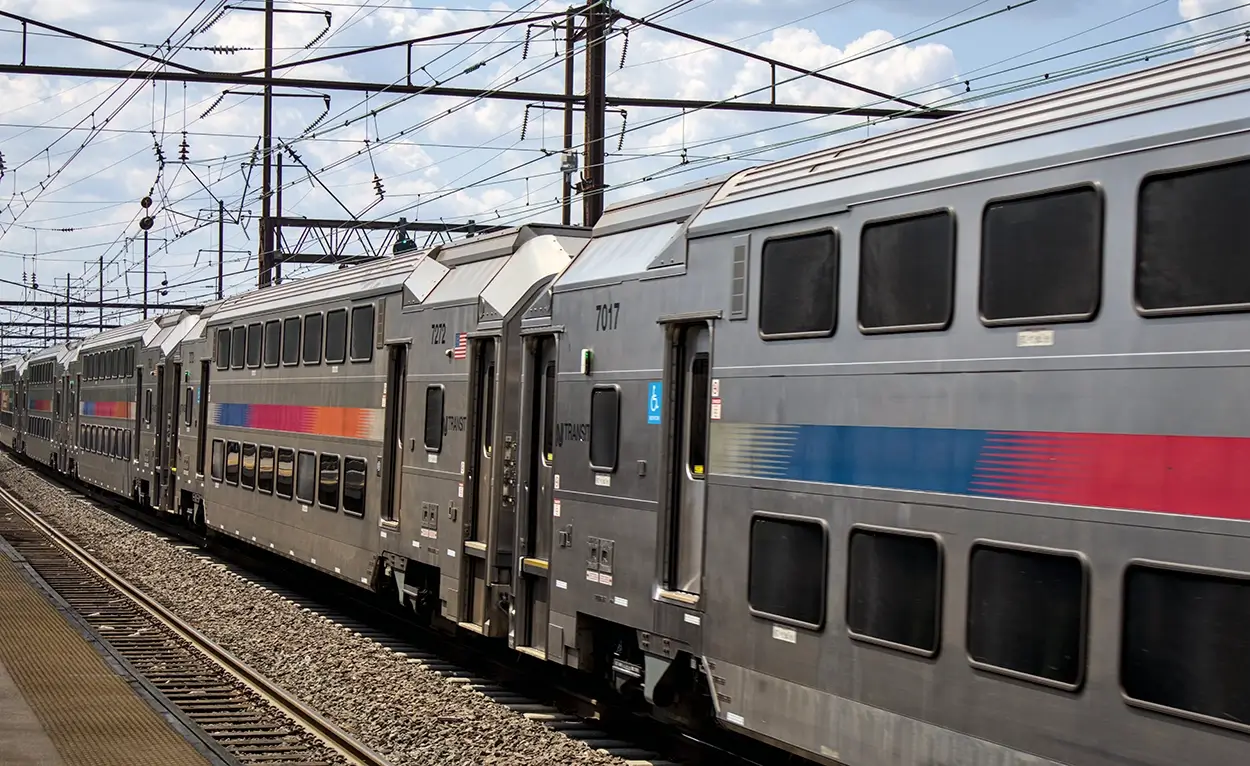Monumental stairs are a major architectural feature in high-end designs of all types of commercial, institutional, and residential/mixed-use developments. As designers continue to push the envelope of material properties, producing ever-more beautifully complex, slender, and awe-inspiring forms, the tendency of these forms to resonate (or vibrate) in response to human activity, is becoming an increasing concern. As a result, mitigation of vibration issues has become a primary driver of the structural design of stair systems in many cases.
Frequency
+ Oscillating Force

All framed structures, including stairs, have an inherent natural frequency defined by their material composition, shape, and support system. Human activities, such as walking, running, and jumping also occur on these structures at a certain speed and frequency. When the frequency of human activity produces oscillating forces that match the natural frequency of the structure, vibration resonance occurs. This resonance will produce accelerations that can be palpably sensed by stair users. The sensation produced is generally uncomfortable and in extreme cases alarming.
Slender monumental stairs, consisting of heavier treads and guardrails combined with slender stringers and very little damping provided by non-structural finishes, often have very low natural frequencies. Consequently, this trait makes them more susceptible to vibration issues caused by human movement because there is a higher probability that the walking frequency of the stair users will match the natural frequency of the stair, driving vibrations. The subtle motions of these structures and the transmission of that movement to other parts of the building, can create vibration serviceability issues. This produces complaints of occupant discomfort and in extreme cases, potential safety concerns.
To best avoid vibration performance issues and the need to stiffen the structure post-construction, stair designers must be able to predict the dynamic properties and vibration response of monumental stairs under users’ loads during the design phase. Identifying and mitigating these issues long before fabrication and installation can save time and money, all while upholding the original architectural vision for the design.





